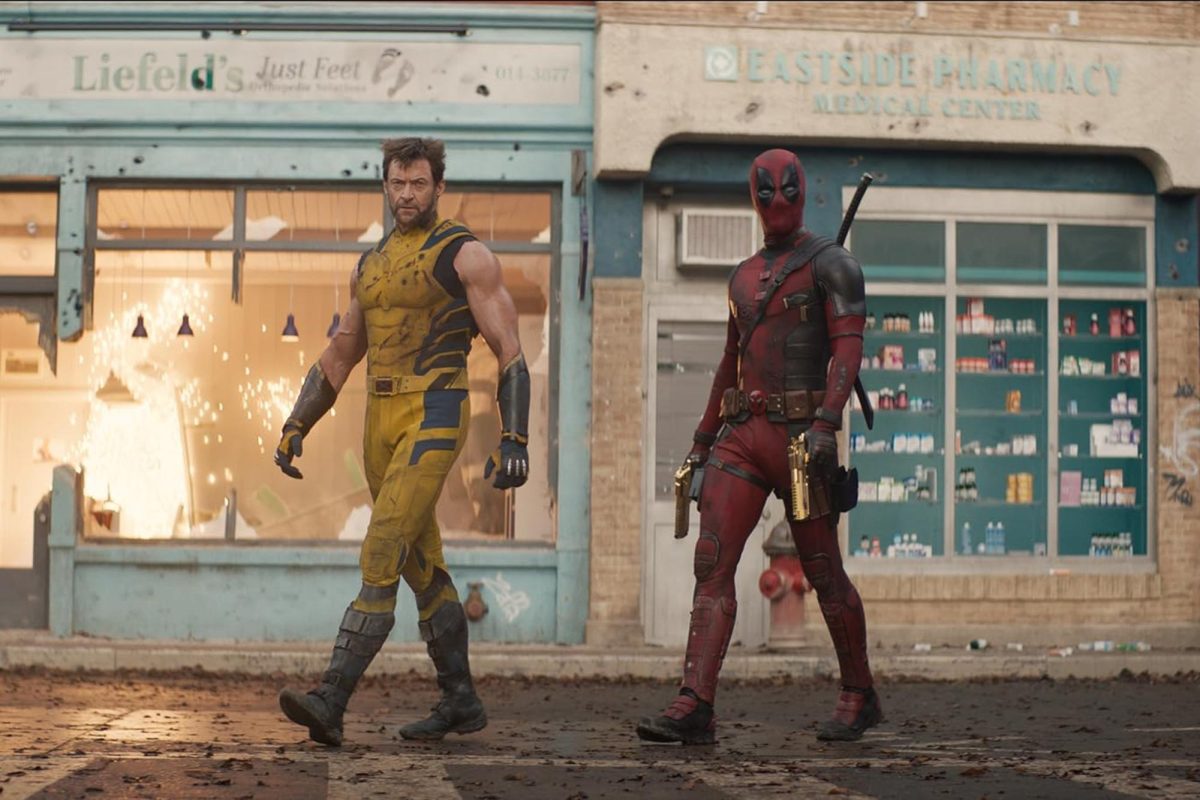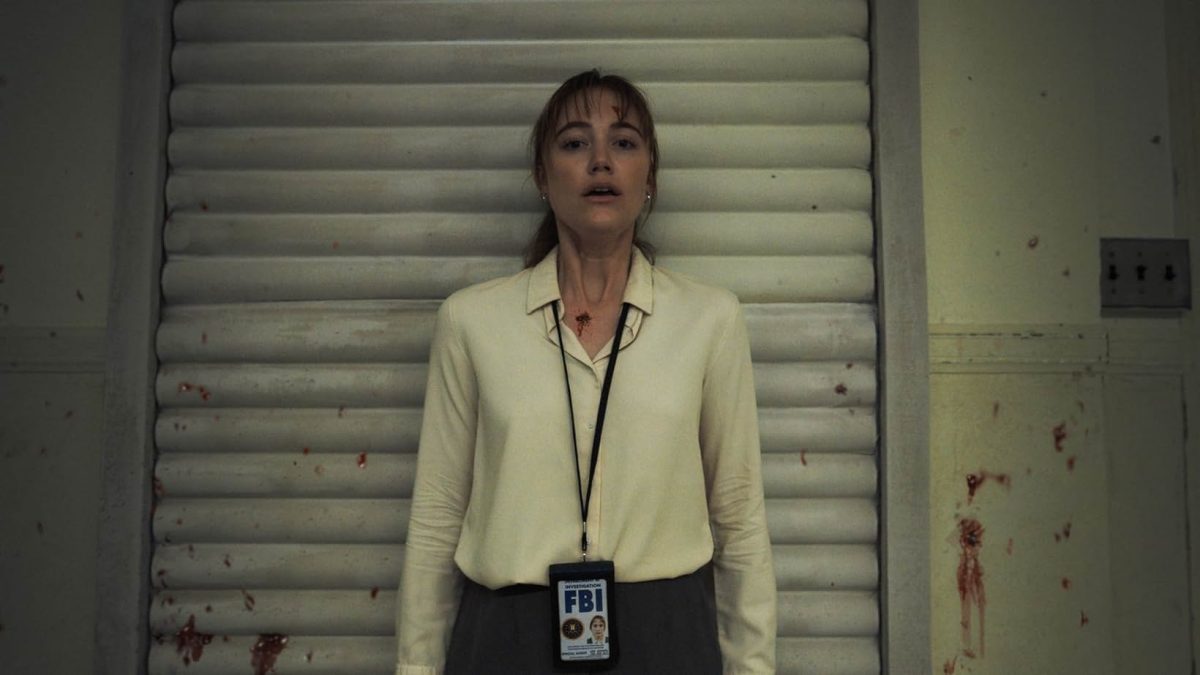**This review contains spoilers. **
This October marks the 20th anniversary of the Disney movie “Brother Bear.” Years later, the film holds true as a nostalgic staple.
Based on the culture and mythology of the Inuit people, “Brother Bear” is a movie about a boy named Kenai (Joaquin Phoenix) who desperately wants to become a man.
In his journey to becoming a man, Kenai rejects the bear totem, a symbol of love, he has received by trying to kill a bear that was involved in the death of his oldest brother Sitka. In an act of guidance, Sitka, returned as an eagle spirit, turns Kenai into a bear.
Get The Daily Illini in your inbox!
Before seeking revenge for the death of Sitka, Kenai tells his other brother Denahi, “You really think love has anything to do with being a man? A man wouldn’t just sit here and do nothing.”
After his transformation, Kenai slowly grows out of the traditionally masculine headspace by forming a bond with a cub named Koda, who he refers to as his little brother by the end of the movie. Later on, Kenai makes the sacrifice of staying a bear to watch over the now motherless Koda.
The movie seamlessly ties together integral concepts of the grief of death, brotherhood and breaking out of traditional gender roles.
Even while the film covers serious subjects, it has a classic cartoonish humor and childlike wonder to it that brings adult audiences right back to their first viewing.
For example, in one scene while Kenai and Koda are on the run from Denahi, the pair hitch a ride on historically inaccurate woolly mammoths to make sure he cannot track their pawprints. Soon, their Canadian moose friends and a whole horde of other animals climb aboard.
While the film accurately depicted the spiritual practices of the Inuit people, it failed to accurately cast these roles, which was standard practice for Disney in the early aughts.
In a film portraying zero white people, the cast is a sea of mostly white faces except for the role of the Intuit narrator, who was played by Angayuqaq Oscar Kawagley, an Alaskan Yup’ik anthropologist.
Illustrating the Pacific Northwest, the film depicts ethereal mountains and glaciers in not only its visual art but its music. The soundtrack includes a score inspired by the spirit world by drummer and singer Phil Collins and three-time Grammy Award-winning composer Mark Mancina.
The soundtracks, integrating choirs and rustic strings demonstrate all the grandeur of a classic Disney movie, even featuring a dynamic performance by Tina Turner in “Great Spirits.”
Even for all the splendor in the music, it could have been much improved with the representation and authenticity of Intuit musicians.
The film tackles themes of death, brotherhood and overcoming toxic masculinity in a digestible way children can understand. With well-done research, the film illustrates a beautiful setting of Intuit life and culture but could have been much improved by accurate representation in their actors and musicians.







